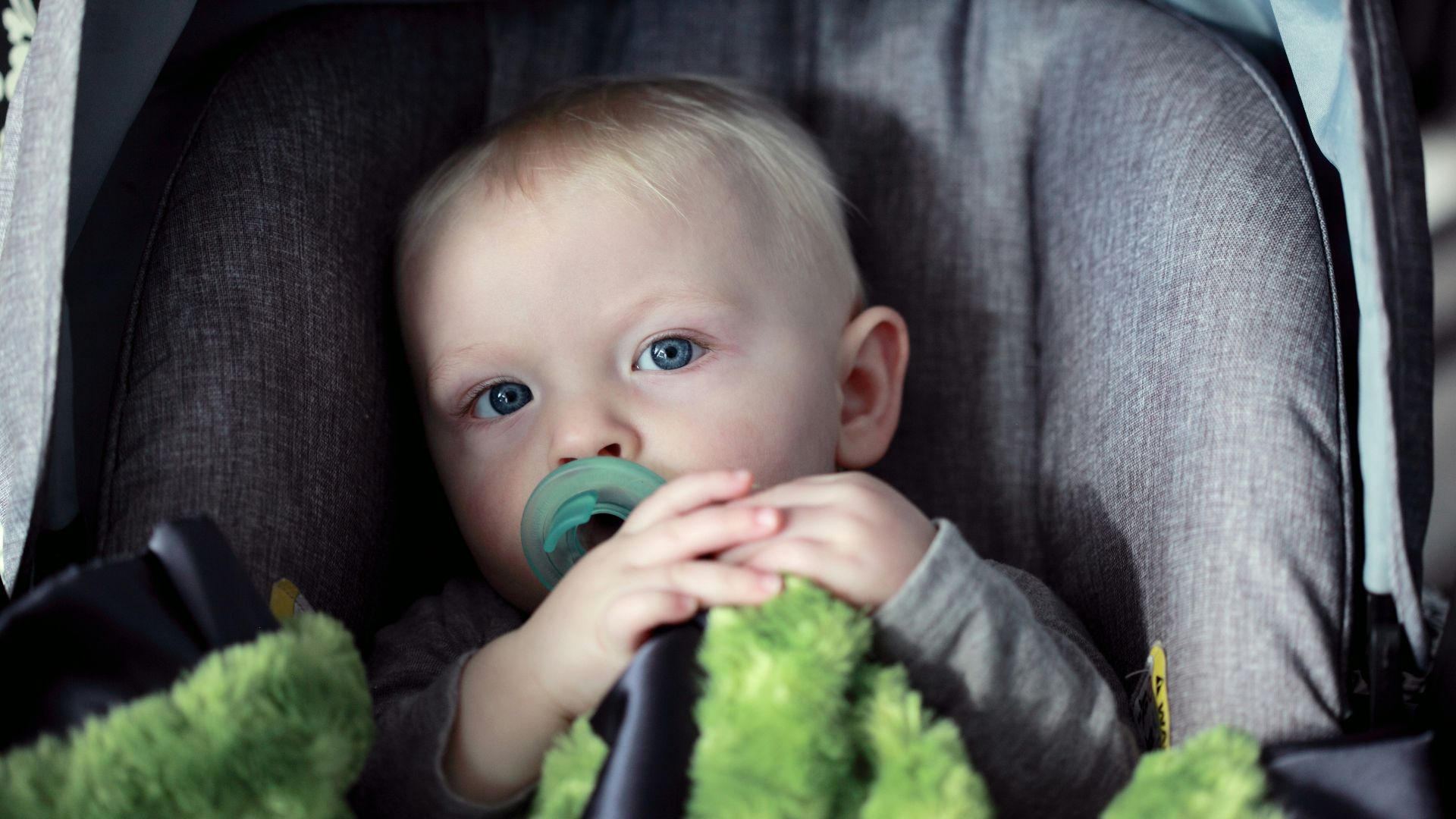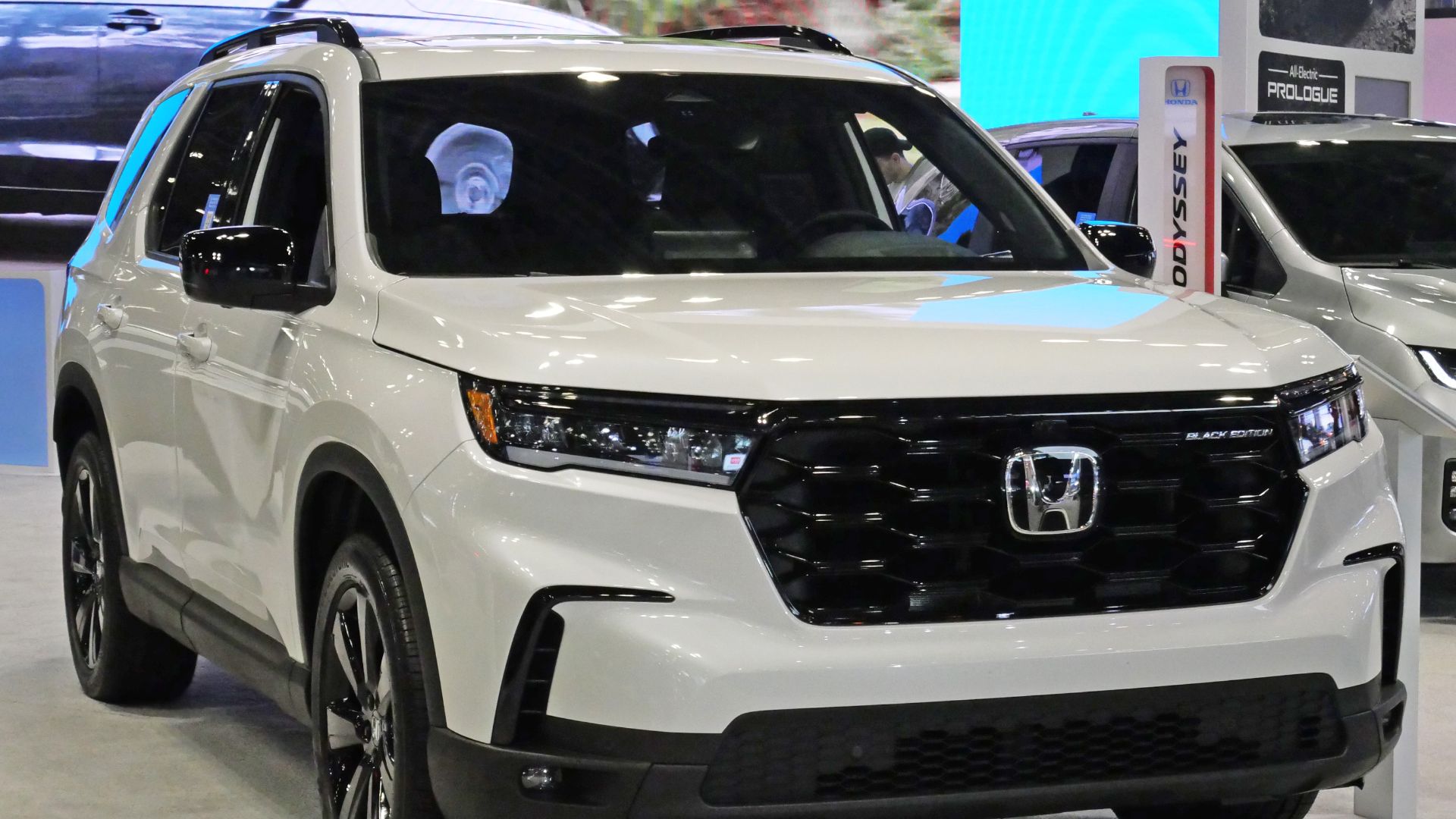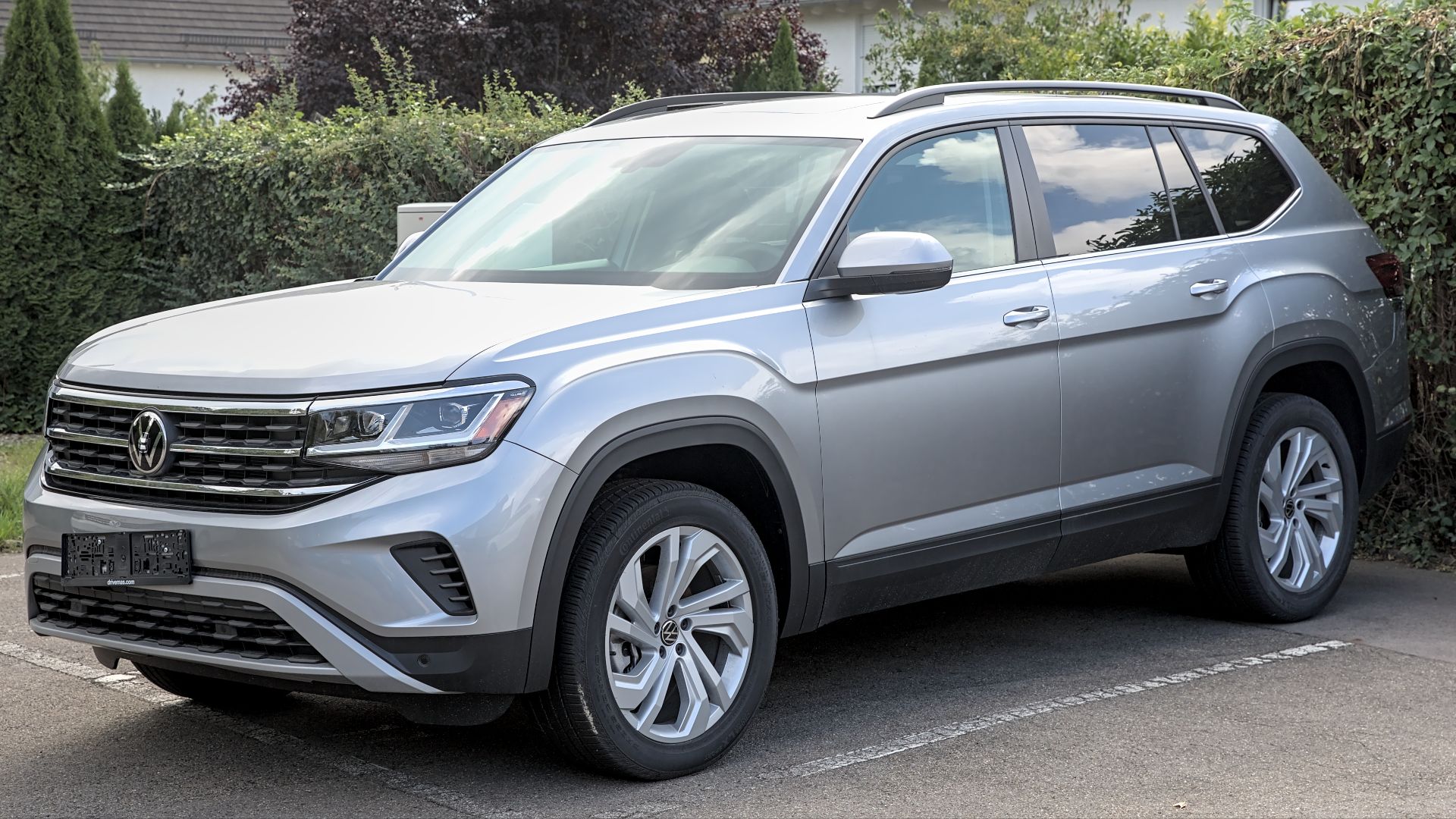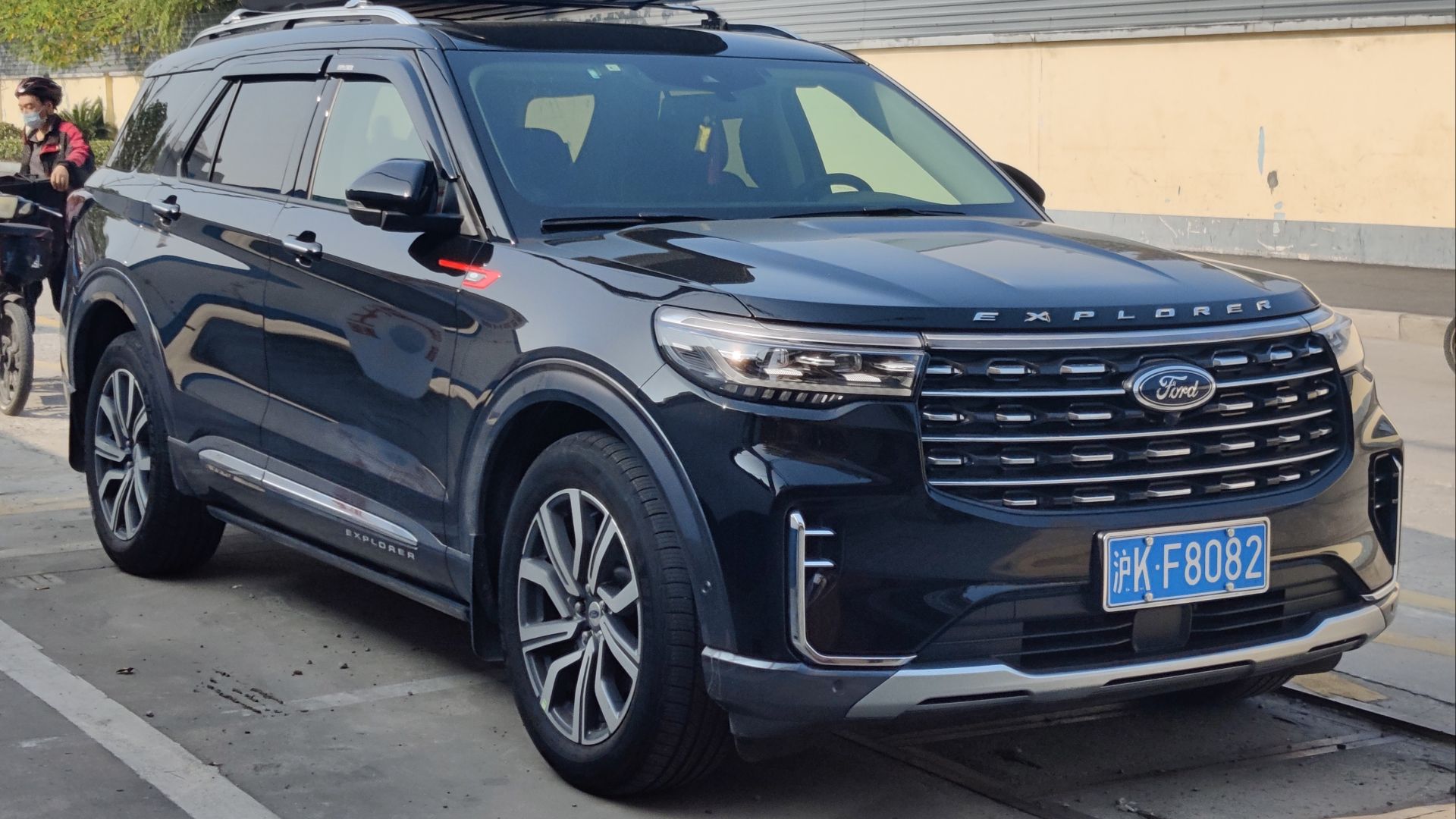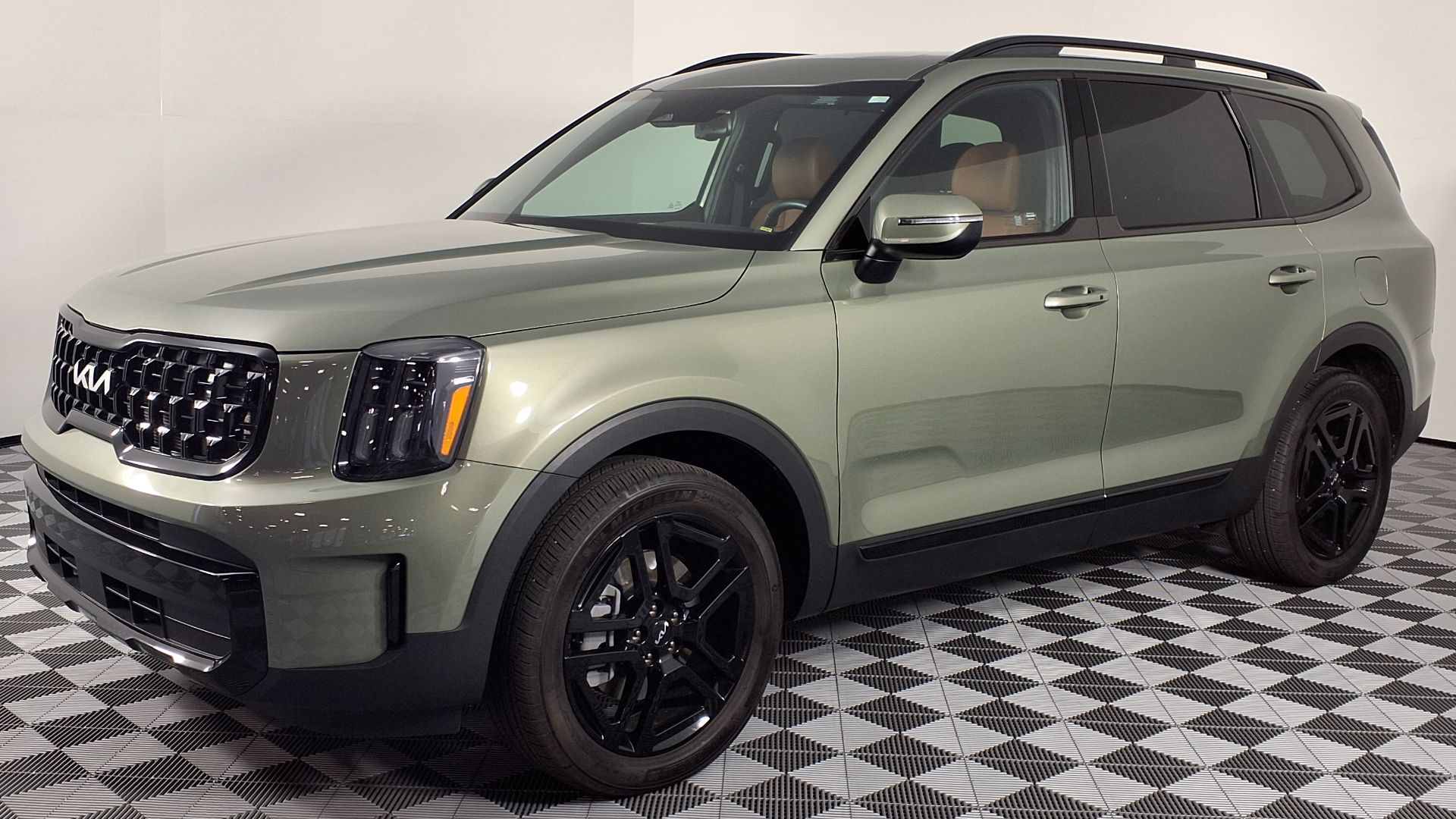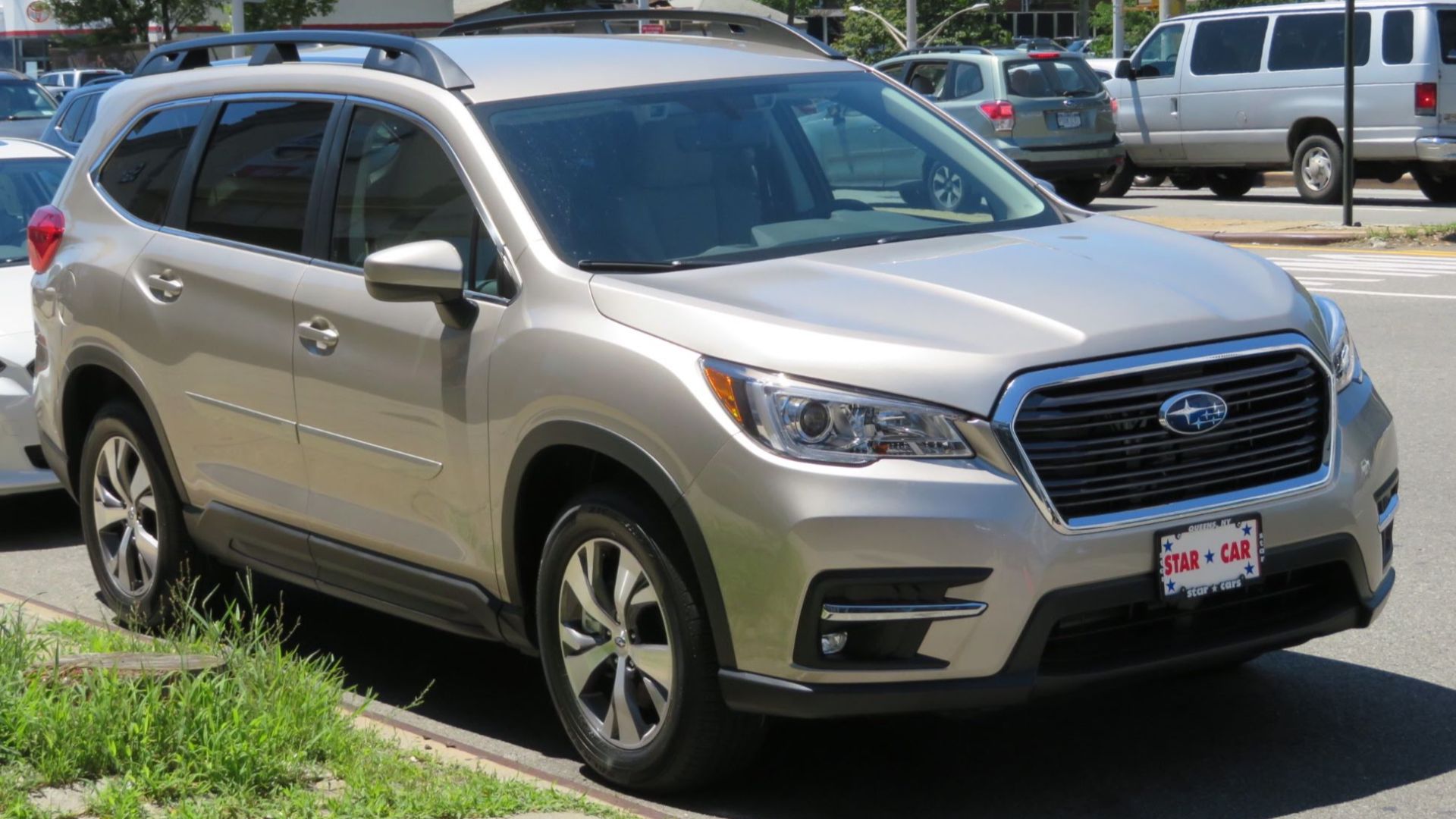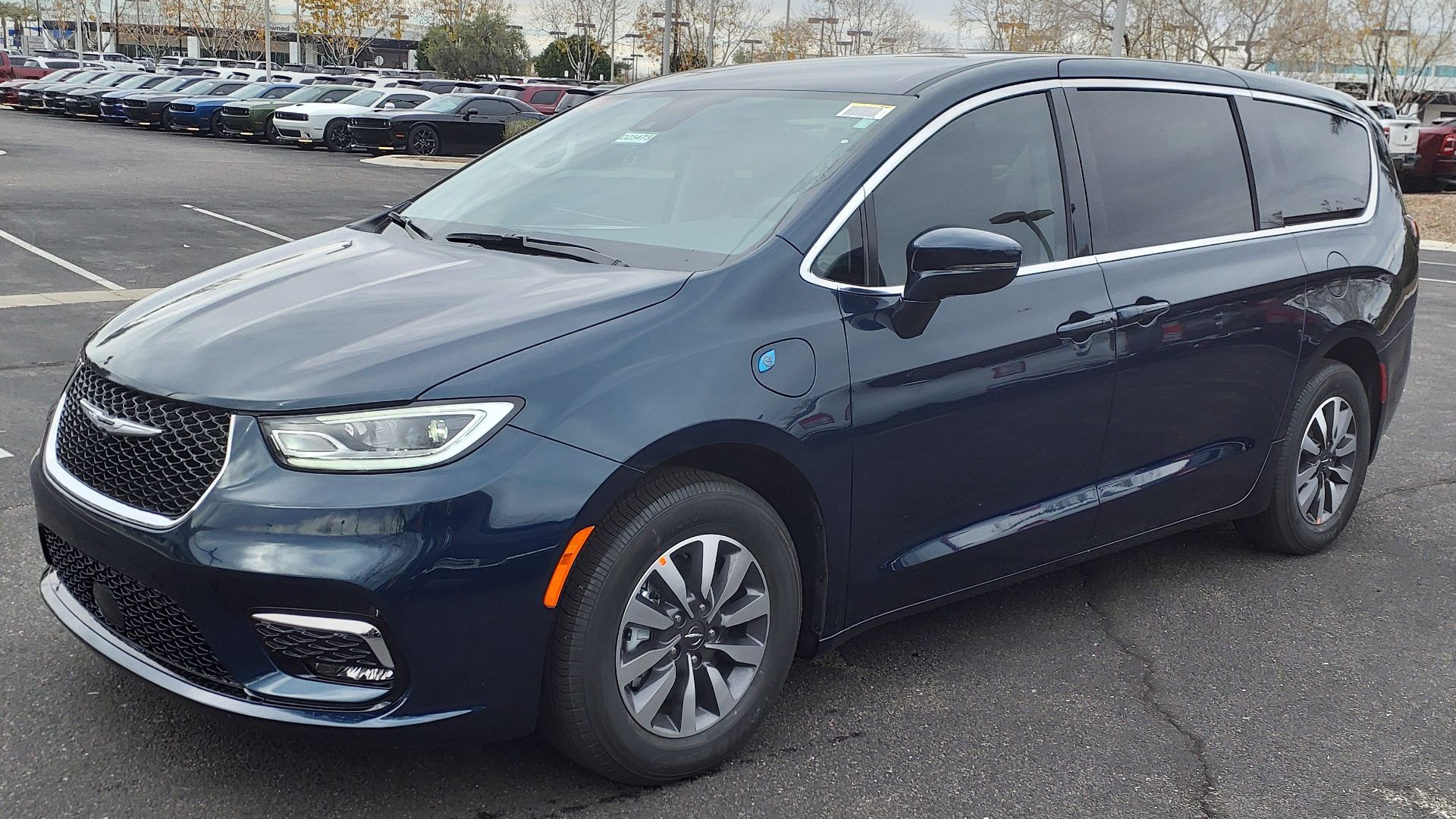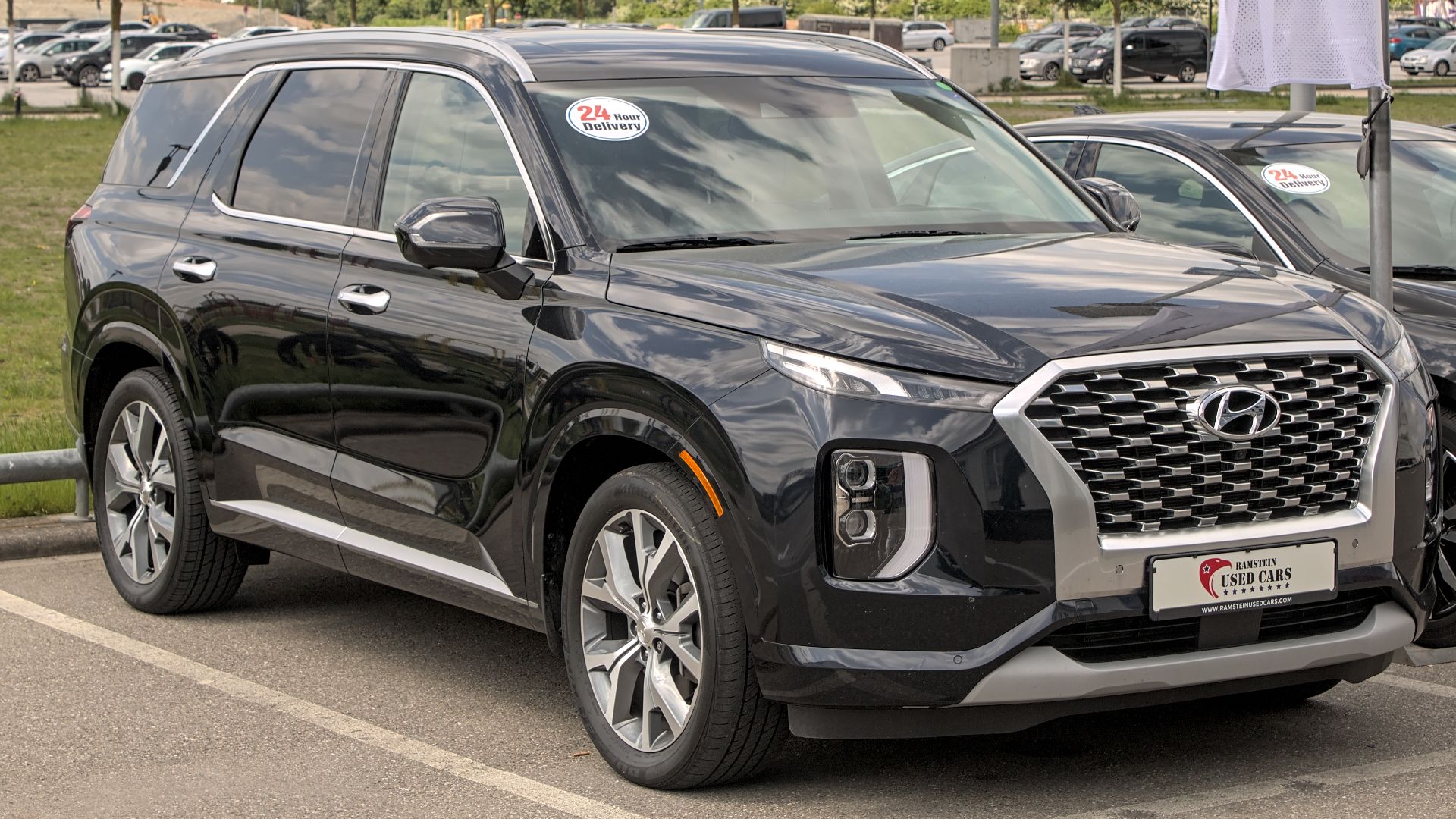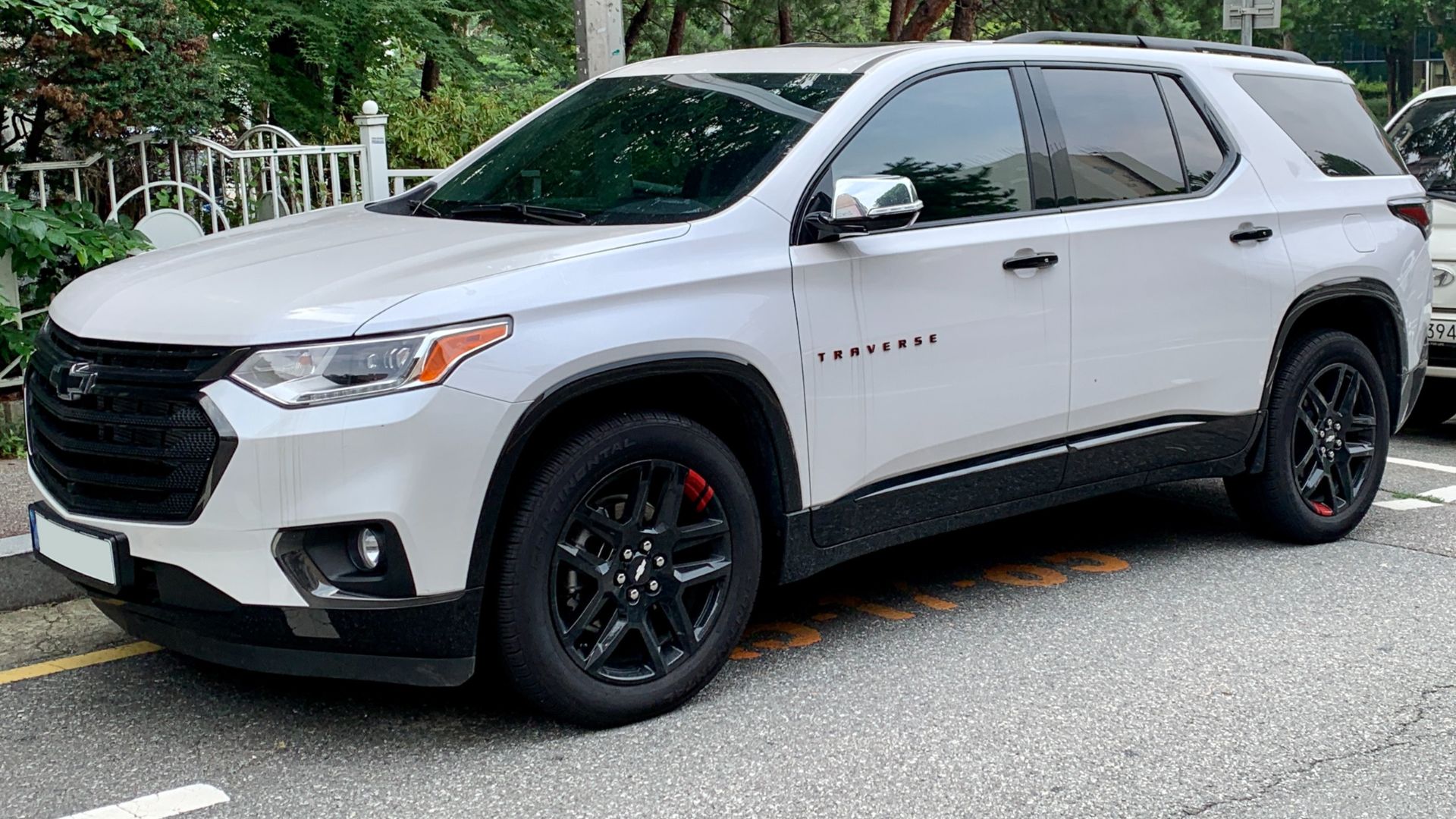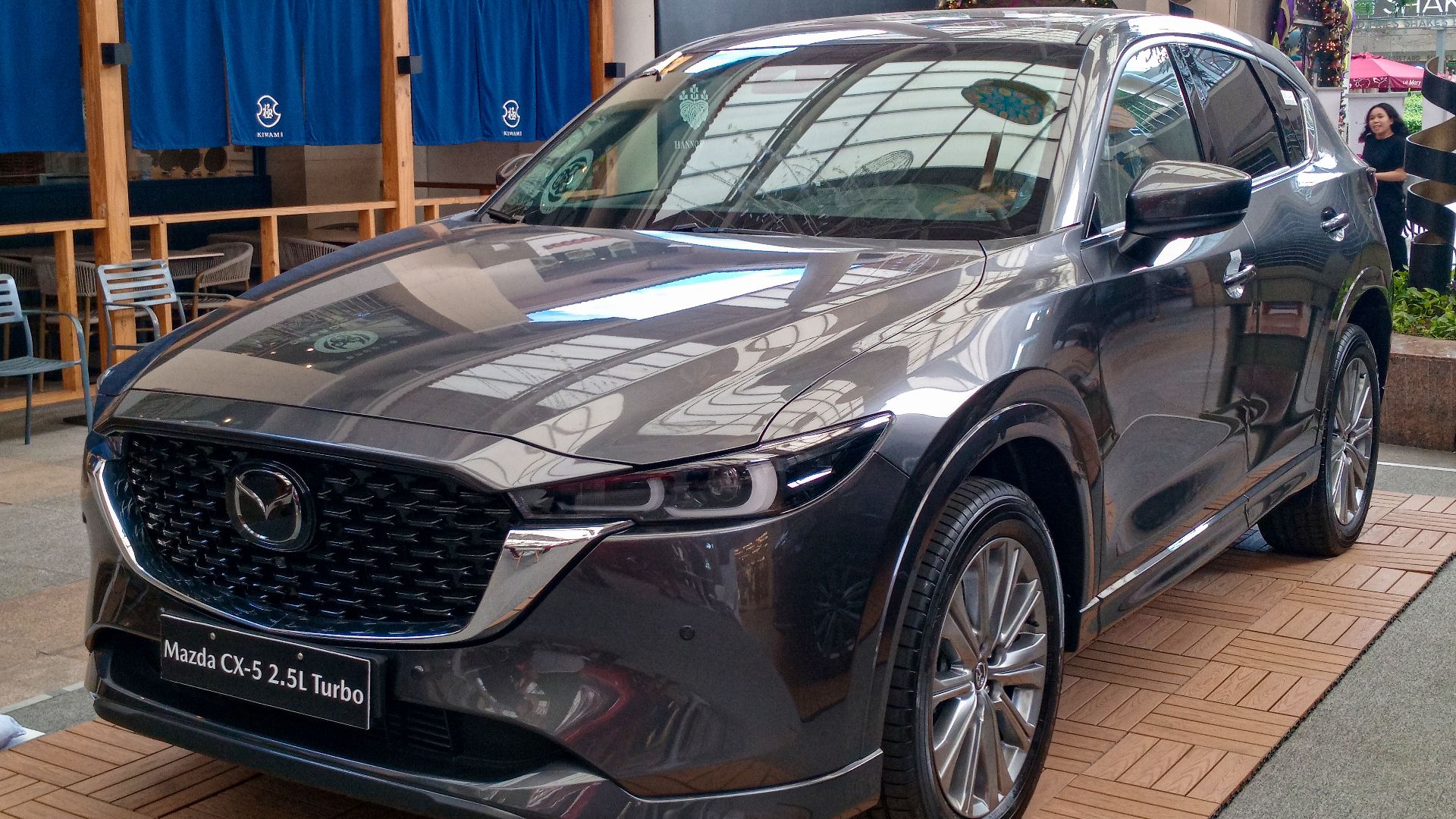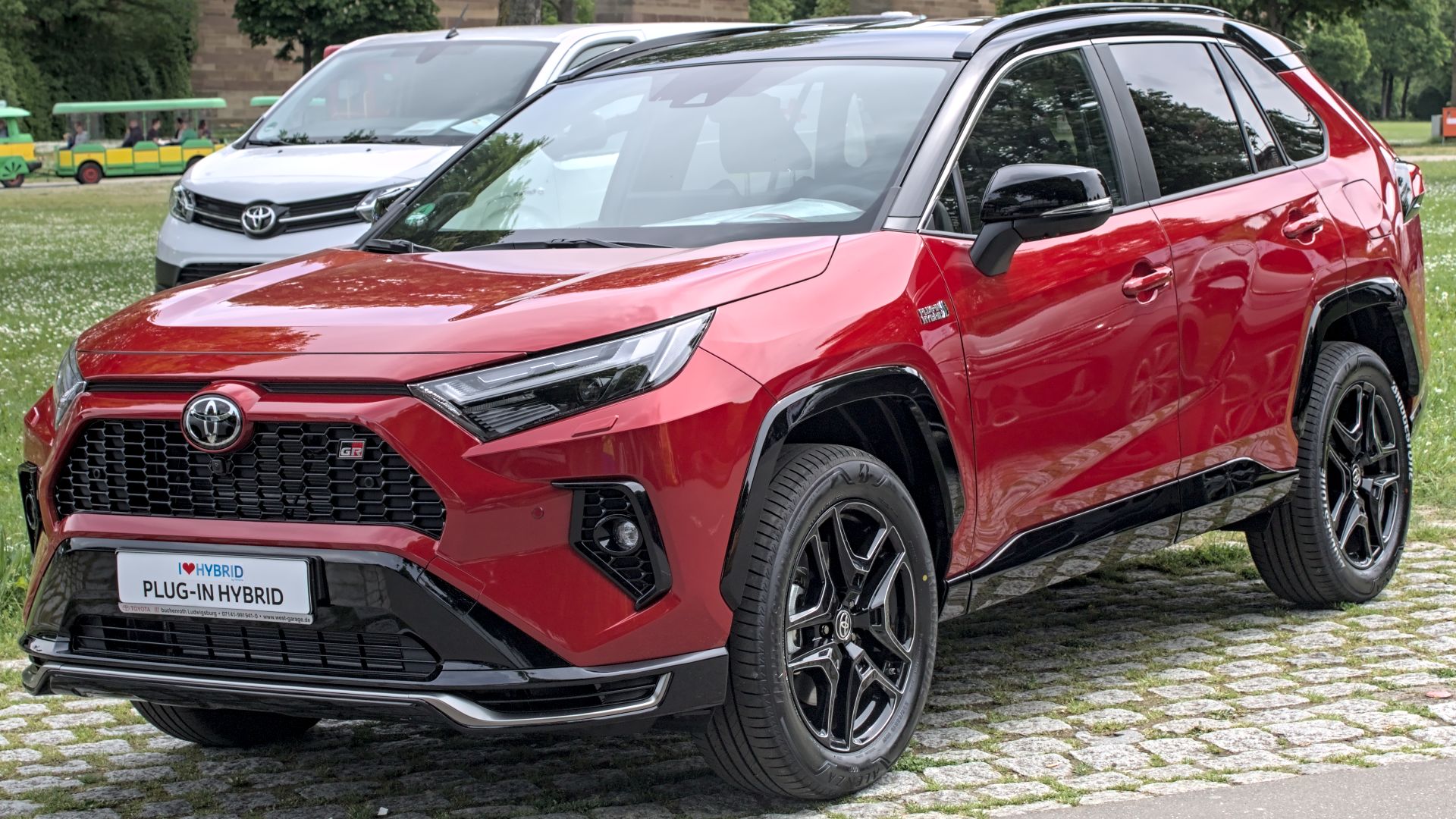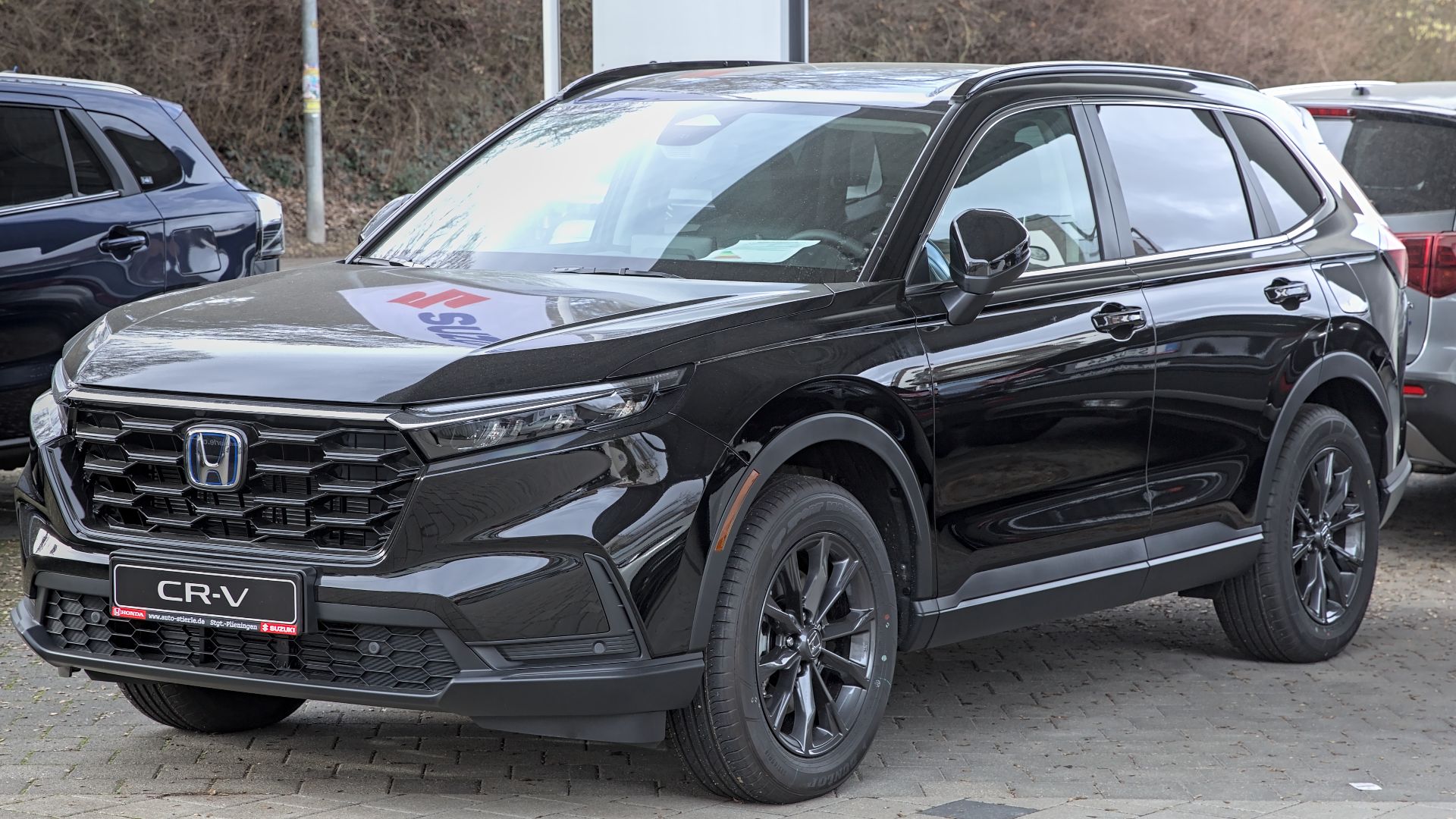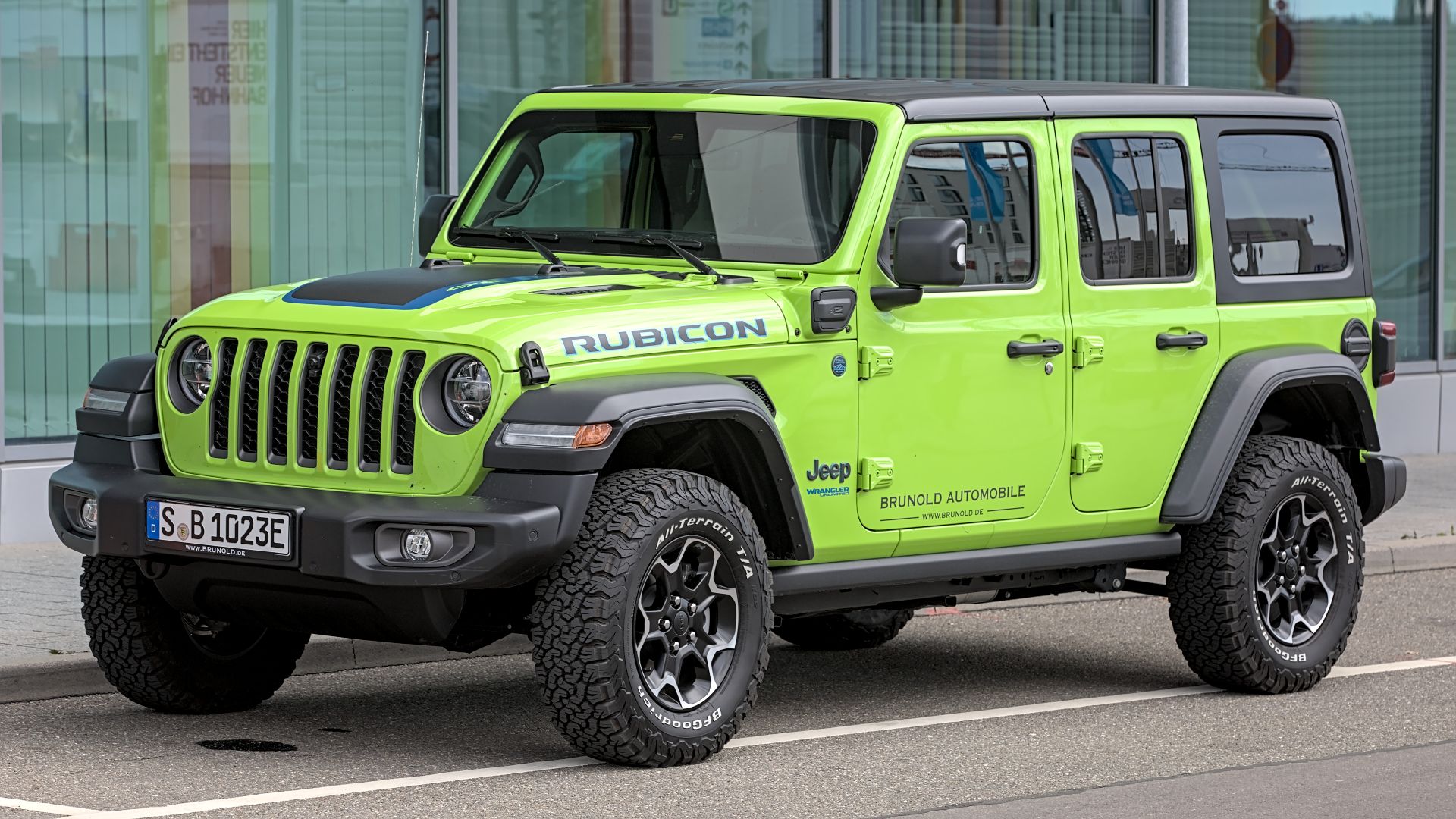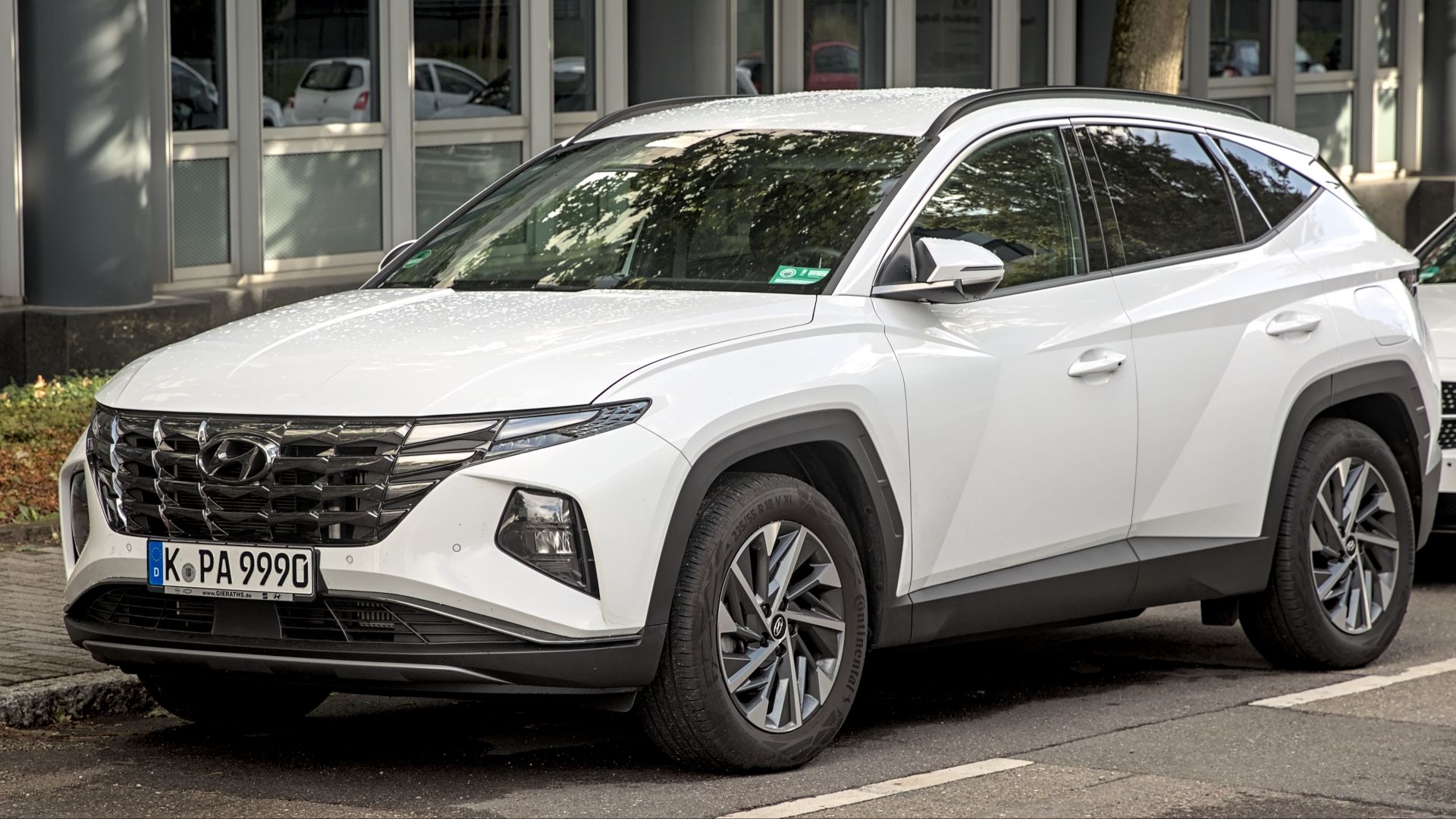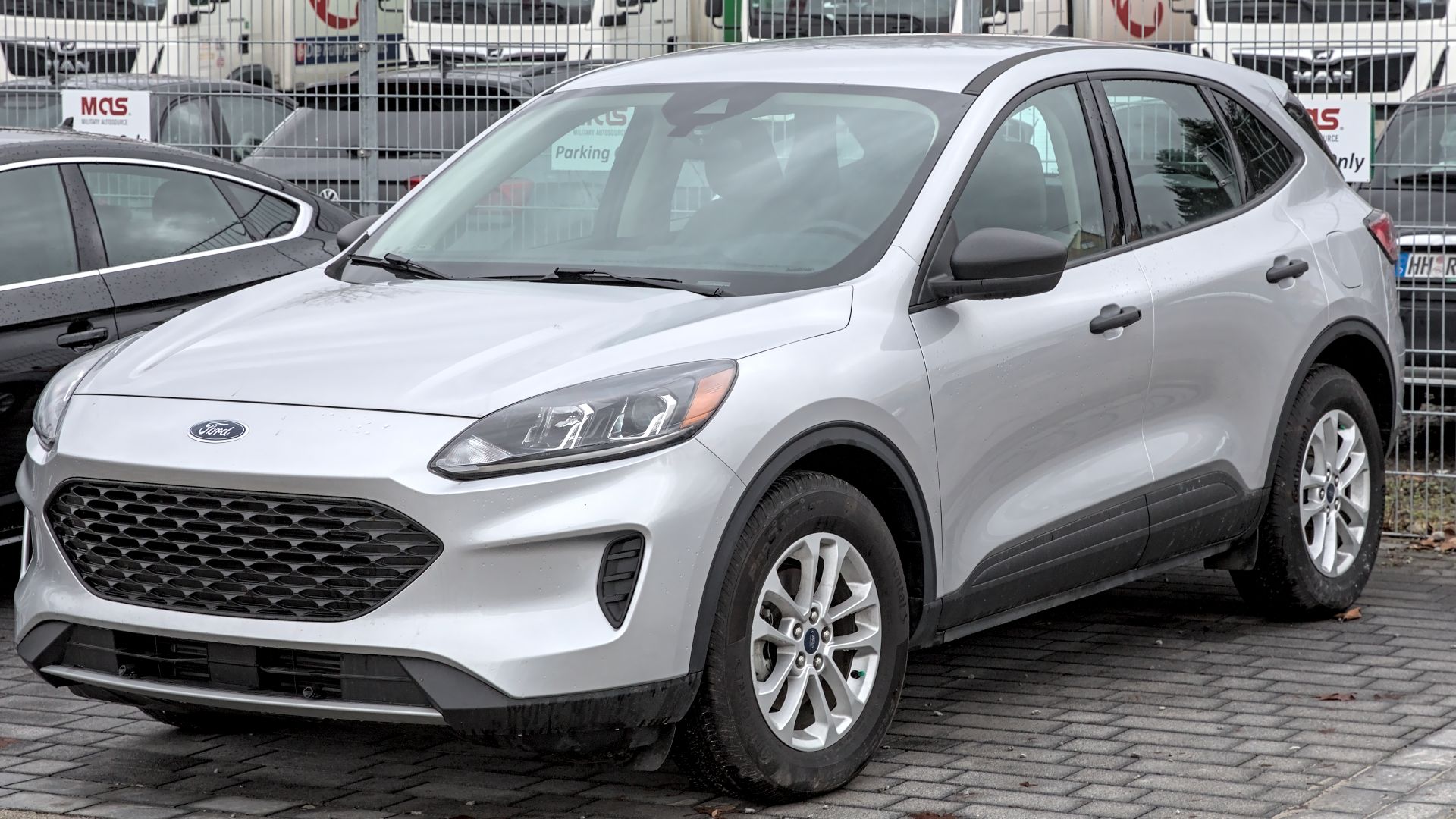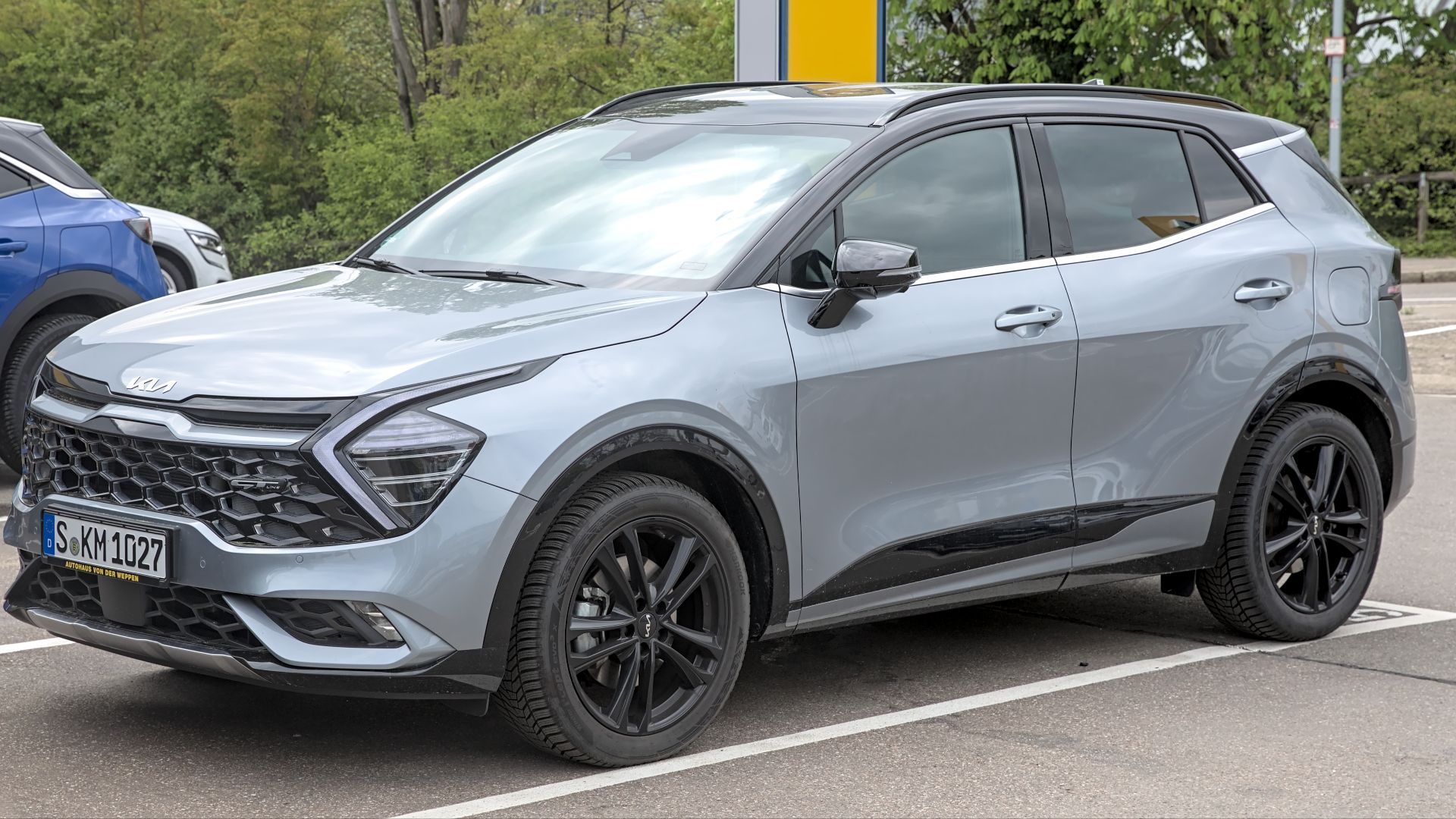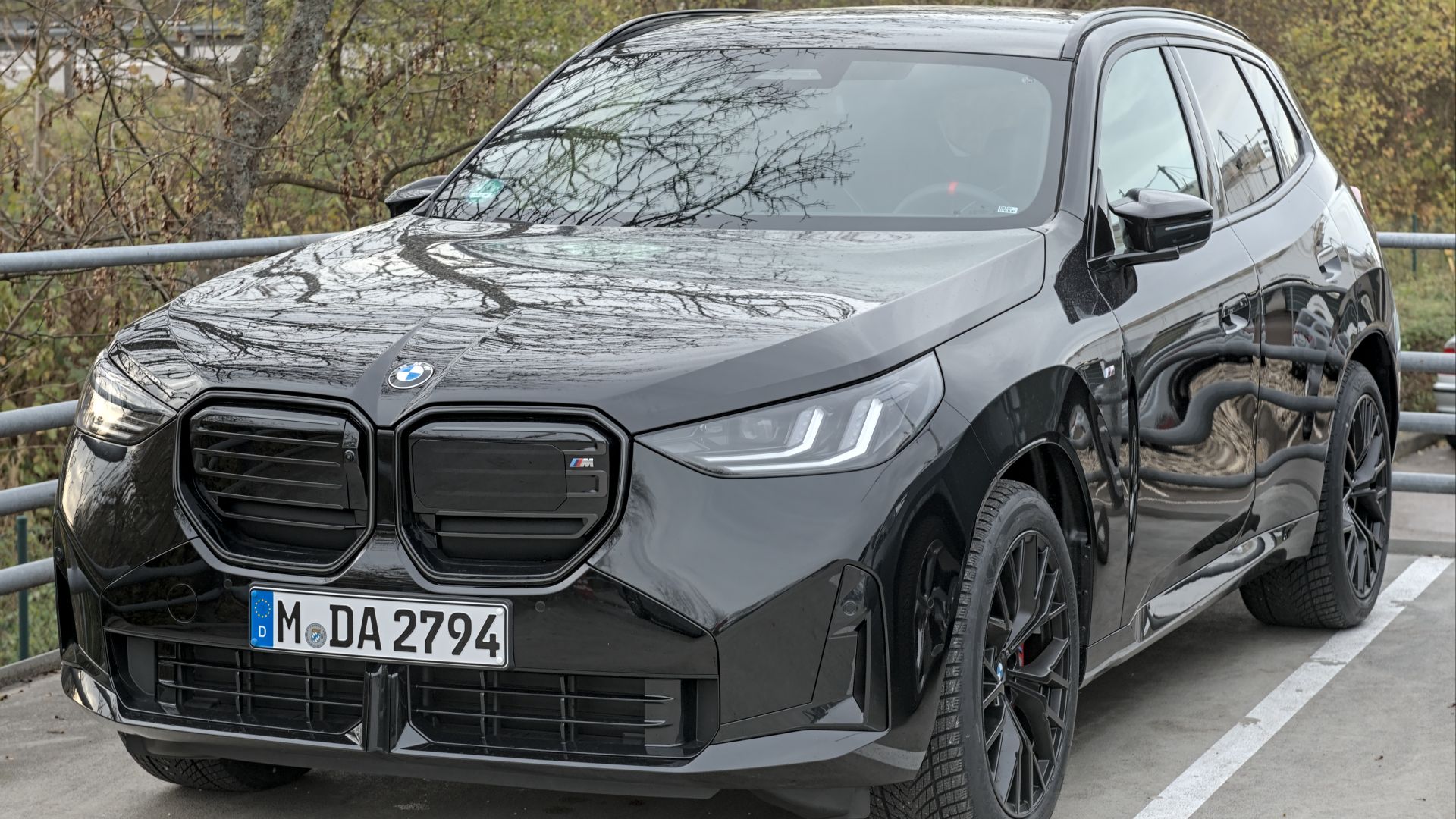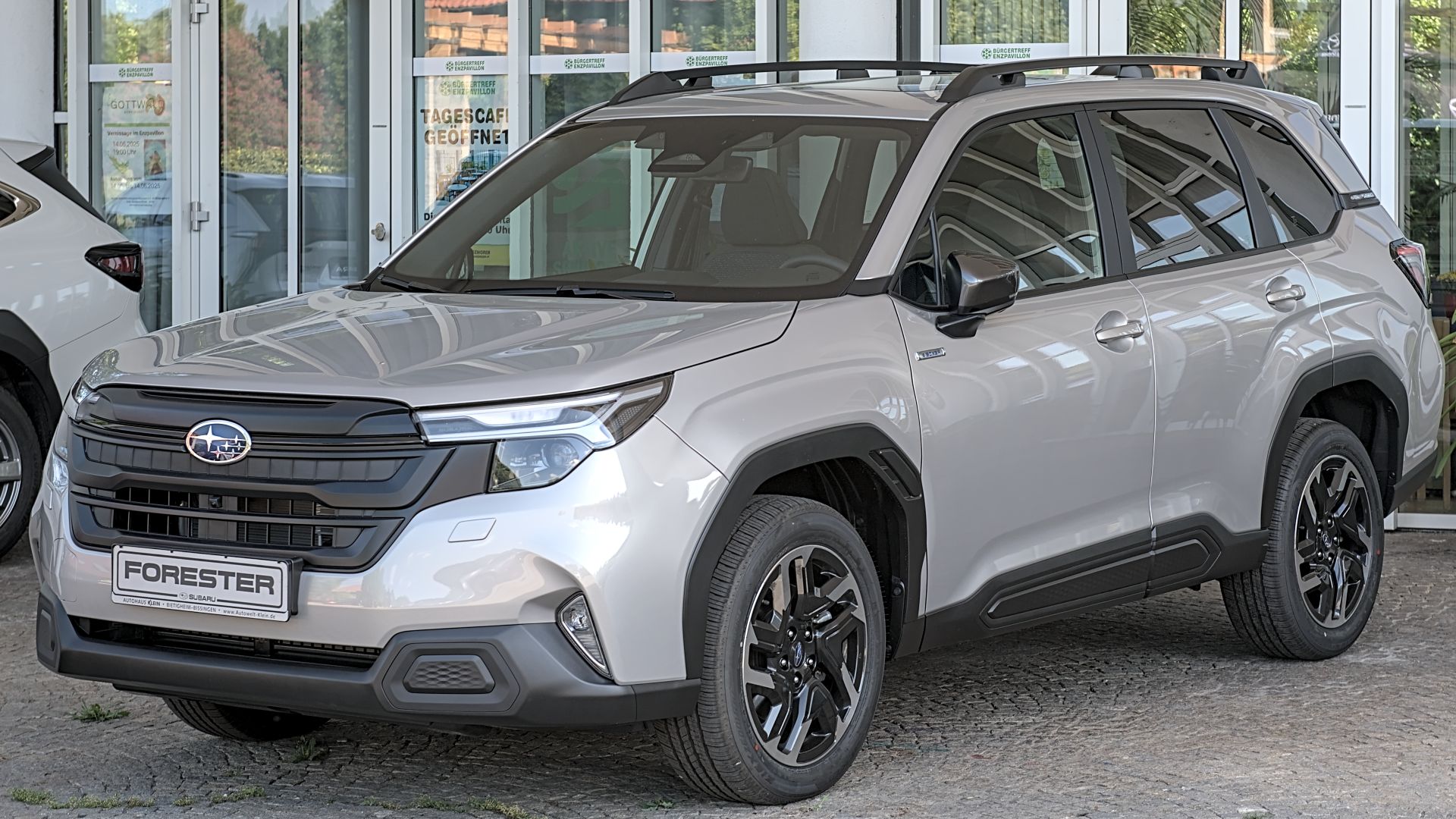Three Seats, Zero Patience
Fitting three car seats across a single row might sound like a basic requirement for any so-called family vehicle. However, the reality is far more complicated. You line up your seats, secure your latches, double-check your angles, and just when you think everything should click into place, something doesn’t. But some cars approach this challenge with the grace of thoughtful design. So, first, let’s take a look at ten cars that actually make this whole situation bearable.
1. 2025 Honda Pilot
The 2025 Honda Pilot starts with a key upgrade—a wider cabin that finally makes fitting three car seats side-by-side on the middle bench a smooth reality. Moreover, five LATCH anchors give you the freedom to arrange seats as needed, whether it’s twins and a toddler or three across in boosters.
2. Toyota Sienna
This one’s standard second-row bench easily supports three car seats across, backed by five lower anchors and three top tethers for secure placement. Even with its fuel-saving hybrid powertrain, cabin space stays generous and uncluttered.
3. Volkswagen Atlas
With one of the roomiest second rows in its class, the Volkswagen Atlas stands out for its 58.1-inch rear hip room. Besides, three full sets of LATCH connectors in the second row simplify secure setups. The tilt-and-slide function also works even with seats installed.
4. Ford Explorer
Redesigned for 2025, the Ford Explorer brings improved rear leg and hip room—key upgrades for fitting three car seats without the squeeze. Even bulky boosters and convertibles fit without fuss, making everyday use far more manageable.
5. 2024 Kia Telluride
Built with family flexibility in mind, the 2024 Kia Telluride provides over 57 inches of rear seat width—ideal for three-across car seat setups. The Telluride also earns high marks in car seat fit tests, with plenty of rear cabin space that comfortably accommodates rear-facing seats.
6. Subaru Ascent
The Subaru Ascent makes room for growing families with three LATCH-equipped positions across a wide, flat second-row bench. As an all-weather SUV with a roomy interior, the Ascent combines everyday usability with year-round readiness.
7. Chrysler Pacifica Hybrid
Designed with family logistics front and center, the Chrysler Pacifica Hybrid features a second-row bench or optional Stow ’n Go setup that easily supports three car seats. Add in sliding doors that open fully for effortless access, and the Pacifica Hybrid proves itself a flexible choice for real-life parenting.
8. Hyundai Palisade
The Hyundai Palisade brings serious width to the middle row, easily fitting three full-size car seats without overlap. Every rear seating position includes LATCH anchors, giving parents flexibility and peace of mind. On premium trims, built-in seat sensors give another layer of safety by issuing alerts when needed.
9. Chevrolet Traverse
Built to handle busy backseats, the Chevrolet Traverse starts strong with a second-row bench that stretches over 58 inches wide. Popular among three-child households and carpooling parents, the Traverse delivers both space and function where it counts most.
10. 2025 Volvo XC90
The 2025 Volvo XC90 fits three car seats side-by-side in the middle row without compromise. An integrated booster in the center seat adds a built-in option for older kids, while top tether anchors across all three rear seats ensure secure installation.
Now, let’s take a look at ten cars that struggle to handle three car seats.
1. Mazda CX-5
Fitting three car seats in the Mazda CX-5 isn’t practical due to its rear hip room being under 54 inches, leaving little side-to-side space. The challenge grows with only two lower anchors—since the center seat lacks LATCH, secure installation becomes difficult.
2. Toyota RAV4
The Toyota RAV4’s second-row width limits the feasibility of a proper three-across car seat setup. The center seat lacks dedicated lower anchors, making secure installation more complicated. Its uneven seat cushion adds to the instability, especially for base-style seats.
3. Honda CR-V
Space runs out quickly in the Honda CR-V’s backseat, which measures less than 55 inches wide—too tight for a true three-across setup. Unlike larger models like the Pilot or Odyssey, the CR-V’s interior doesn’t provide the flexibility families need for multiple car seats.
4. Jeep Wrangler
Installing in the center is difficult in the Jeep Wrangler as there’s no LATCH system, and the seat sits too high. Shoulder belts often interfere with seat positioning, creating stability issues. Even compact convertible seats face a tight fit.
5. Nissan Rogue
The rear hip room in the Nissan Rogue is limited, which makes three-across setups a challenge from the outset. Furthermore, only the two outer seats have LATCH anchors, while the center lacks proper support for secure installation.
6. Hyundai Tucson
This one on the list has no dedicated LATCH in the middle, and the tether anchor is tucked behind the headrest. Buckle stalks positioned too close to the seating surface interfere with wide bases, disrupting stability. These limitations make a proper three-across setup a tough fit in Tucson.
7. Ford Escape
Measuring under 54 inches wide, the Ford Escape’s second row doesn’t leave much breathing room for three car seats. The raised center seat slopes backward, making it hard to position a seat evenly. Lastly, LATCH anchors are available only on the outboard seats.
8. Kia Sportage
The tight rear width in the Kia Sportage quickly limits any chance of a proper three-across setup. Offset buckles become a problem as soon as car seats are installed, often getting covered and hard to reach. Without LATCH connectors in the middle, parents are left relying on belt installations that aren’t always secure.
9. BMW X3
The BMW X3 might pamper you with premium finishes, but it clearly picked luxury over parenting practicality. Its rear bench favors comfort over function, with LATCH anchors only on the outer seats. Add in the contoured seat base that resists rigid car seat installation, and you're in for a frustrating fit.
10. Subaru Forester
The Subaru Forester earns praise for space until you try squeezing in a third car seat. The center seat’s raised, narrow design instantly makes things awkward, and with only two lower anchors on the outer seats, that middle spot is left out entirely.


